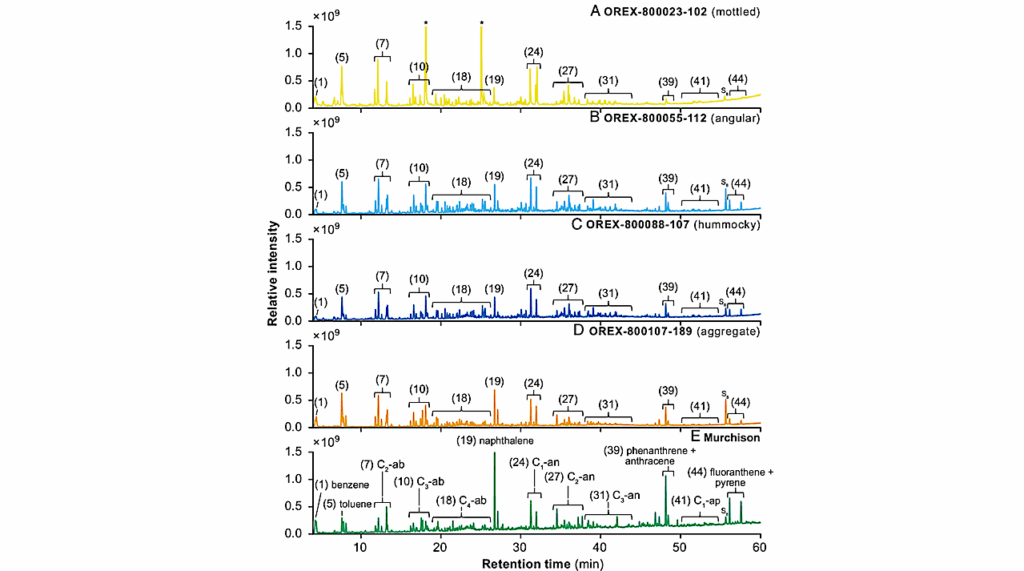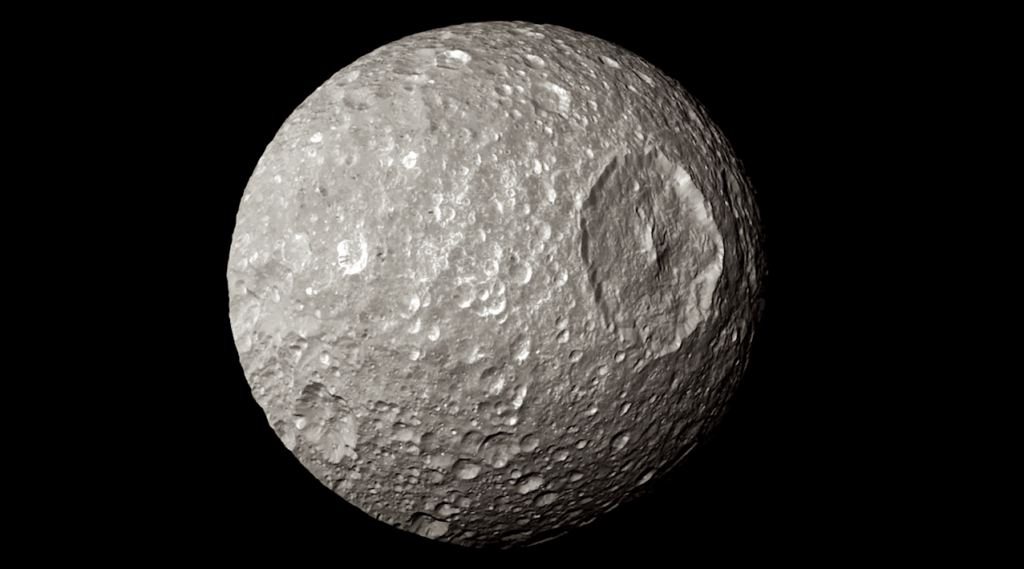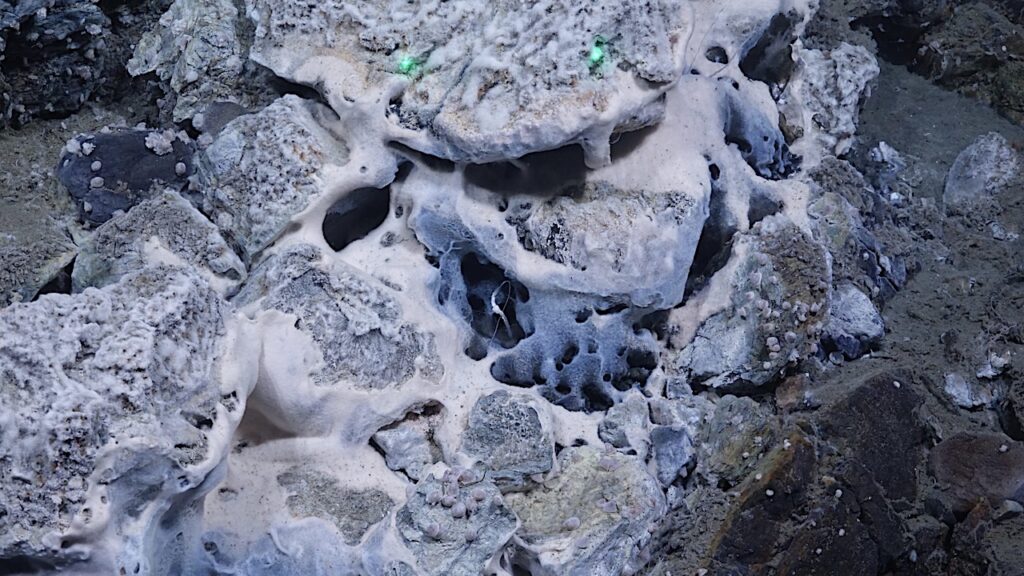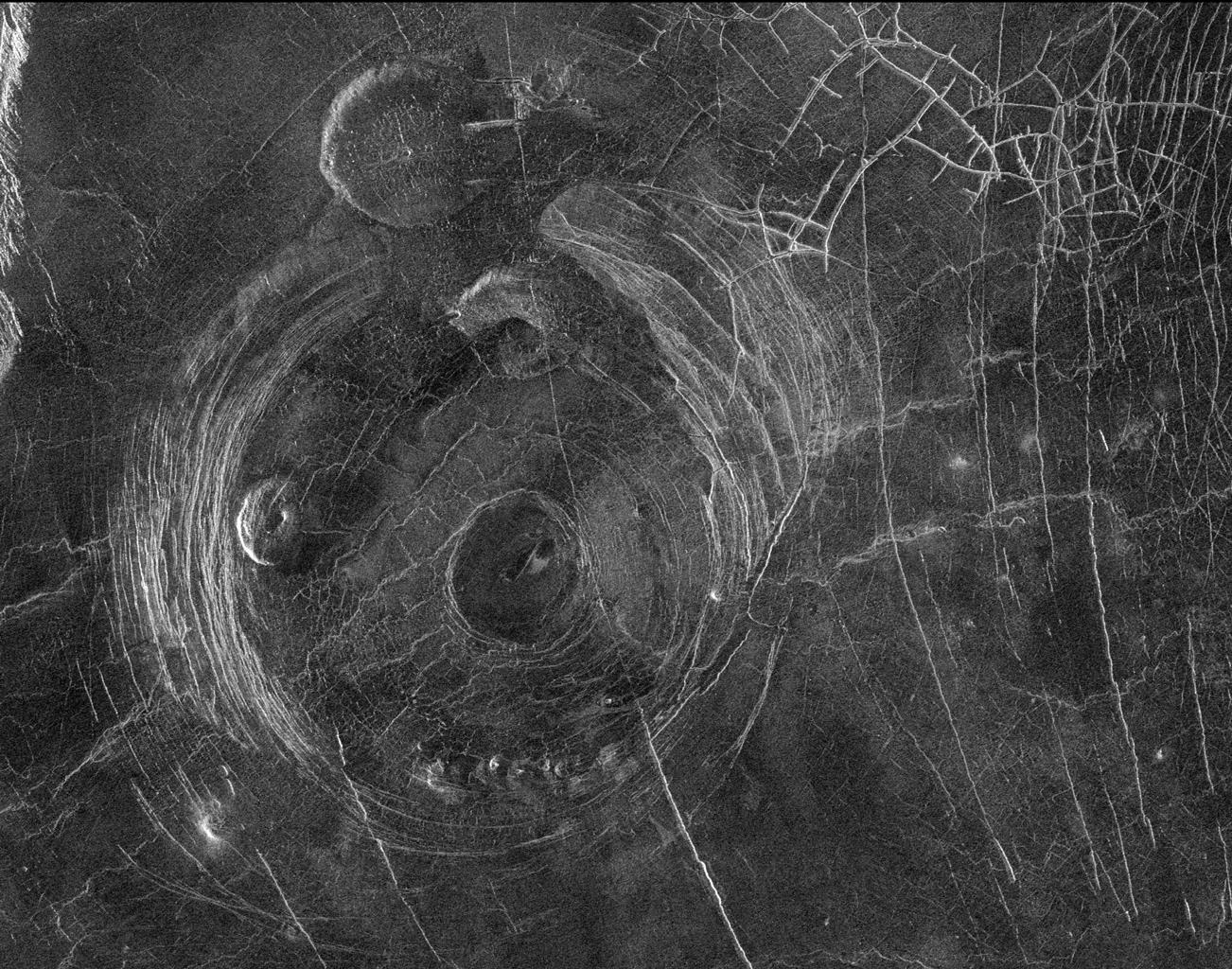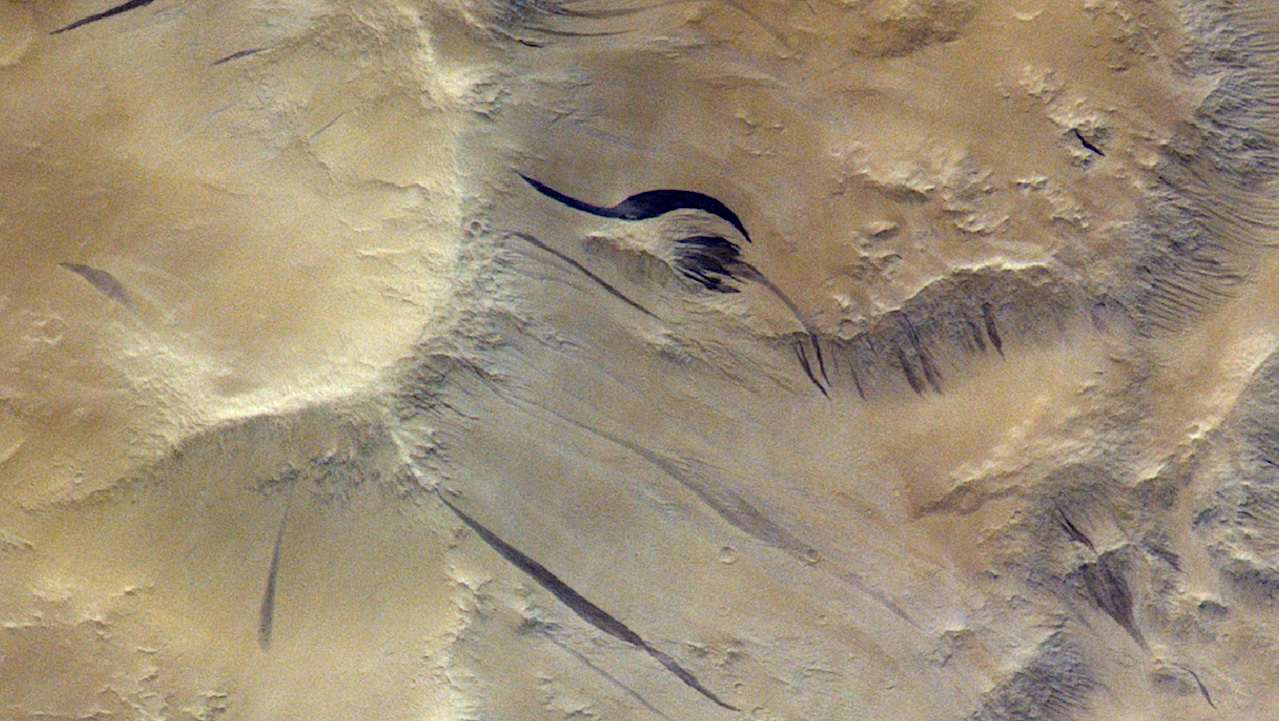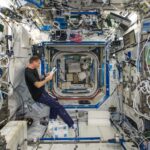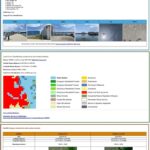Now Reading: Ultraviolet And Biological Effective Dose Observations At Gale Crater, Mars
-
01
Ultraviolet And Biological Effective Dose Observations At Gale Crater, Mars
Ultraviolet And Biological Effective Dose Observations At Gale Crater, Mars


The incident ultraviolet (UV) irradiance on the surface of Mars is strongly sterilizing and plays a critical role in atmospheric and near-surface photochemistry.
The Rover Environmental Monitoring Station (REMS) instrument, which includes the first UV sensor sent to Mars on board the Curiosity rover, has been measuring the UV irradiance at Gale Crater since 2012, providing ground-truth data regarding seasonal and short-term variability of the UV radiation at the surface of another planet.
Here, we analyze the REMS UV measurements for a period of >5 Martian years to retrieve biological effective doses and other UV radiation quantities on the planetary surface that are key for different physicochemical processes. Our results reveal a previously unidentified complex UV radiation environment on the Martian surface, with dramatic short-term fluctuations capable of changing UV radiation doses by >30% in a few sols.
We assess the viability of terrestrial microorganisms exposed to this UV radiation field and dispersed through the Martian atmosphere from a robotic spacecraft or human habitat. Our findings show that reducing microbial viability by 99% would require several hours of exposure to the Martian environment including during the daytime, a finding that may call for a reinforcement of planetary protection policies.

The Rover Environmental Monitoring Station will monitor atmospheric pressure, humidity, wind currents, and ultraviolet radiation from the sun. Image credit: NASA/JPL-Caltech/INTA (Instituto Nacional de Tecnica Aeroespacial)
Ultraviolet and biological effective dose observations at Gale Crater, Mars, PNAS
Astrobiology,
Stay Informed With the Latest & Most Important News
Previous Post
Next Post
-
 012024 in Review: Highlights from NASA in Silicon Valley
012024 in Review: Highlights from NASA in Silicon Valley -
 02Panasonic Leica Summilux DG 15mm f/1.7 ASPH review
02Panasonic Leica Summilux DG 15mm f/1.7 ASPH review -
 03How New NASA, India Earth Satellite NISAR Will See Earth
03How New NASA, India Earth Satellite NISAR Will See Earth -
 04And Thus Begins A New Year For Life On Earth
04And Thus Begins A New Year For Life On Earth -
 05Astronomy Activation Ambassadors: A New Era
05Astronomy Activation Ambassadors: A New Era -
06SpaceX launch surge helps set new global launch record in 2024
-
 07Space Force plans new ‘Futures Command’ amid pressure to speed up modernization
07Space Force plans new ‘Futures Command’ amid pressure to speed up modernization













